S-3 2nd floor Malik plaza plot No -5 sector 4 Dwarka New Delhi 110078
Blogs

Social Media Share
Dwarka Expressway Gurgaon Overview
Dwarka Expressway Gurgaon Overview
Dwarka Expressway is rapidly becoming one of the most sought-after destinations in Gurgaon, transforming the landscape of this bustling city. As a vital connectivity route, it links Dwarka in Delhi to Gurgaon, significantly reducing travel time and enhancing accessibility. Not just a thoroughfare, this expressway is at the heart of a real estate boom, drawing in homebuyers and investors alike with its promise of modern infrastructure and strategic location. With a blend of residential complexes, commercial spaces, and retail hubs springing up along its stretch, Dwarka Expressway is poised to redefine urban living. In this overview, we will delve into the key features, benefits, and the transformative impact of this vital corridor on Gurgaon, providing insights for those looking to navigate the opportunities it presents. Join us as we explore what makes the Dwarka Expressway a cornerstone of Gurgaon’s growth story.
Historical Background of Dwarka Expressway
Dwarka Expressway, also known as the Northern Peripheral Road, has a fascinating history that dates back to the early 2000s. The idea behind the expressway was to create a seamless link between Delhi and Gurgaon, addressing the burgeoning traffic issues and fostering regional development. Initially conceptualized to provide respite from the congested NH-8, the expressway took several years of planning and negotiation before the construction began. The project saw multiple phases of approval and re-evaluation, reflecting the complex nature of urban planning and infrastructure development in India.
The expressway's construction was marked by numerous challenges, including land acquisition troubles. The process of acquiring land from private owners and converting it into public property required extensive coordination and negotiation. There were also legal hurdles, with several litigations filed by landowners who were dissatisfied with the compensation provided. Despite these obstacles, the vision of a high-speed link between Delhi and Gurgaon remained steadfast, driven by the potential benefits it promised in terms of reduced travel time and enhanced connectivity.
The historical significance of Dwarka Expressway is further underscored by its role in transforming the urban landscape. It wasn't just about creating a road; it was about laying the groundwork for future development and expansion. As the expressway gradually took shape, it became apparent that this corridor would be pivotal in shaping the growth trajectory of Gurgaon, making it a prime location for real estate development and commercial investment.
Key Features of Dwarka Expressway
Dwarka Expressway boasts several key features that make it a standout infrastructure project. Firstly, its design as an eight-lane, high-speed road ensures minimal traffic congestion and efficient vehicular movement. The expressway spans approximately 29 kilometers, making it one of the longest stretches dedicated to easing the commute between Delhi and Gurgaon. This expansive length covers multiple sectors, facilitating access to various residential and commercial hubs in Gurgaon.
Another noteworthy feature is the integration of modern amenities and facilities along the expressway. It includes dedicated service roads, underpasses, and overbridges that enhance safety and convenience for commuters. The expressway is equipped with state-of-the-art lighting systems, ensuring visibility and security during nighttime travel. These infrastructural elements reflect a commitment to creating a world-class transit route that caters to the needs of a rapidly growing urban population.
Additionally, the expressway is designed to support future expansions and upgrades. The planners have ensured that the corridor can be widened or modified as needed to accommodate increasing traffic volumes and technological advancements. This foresight is crucial in maintaining the expressway's relevance and efficiency as Gurgaon continues to evolve as a major metropolitan hub. The incorporation of smart city technologies, such as traffic management systems and surveillance cameras, further underscores the expressway's modernity.
Connectivity and Accessibility
One of the most significant advantages of Dwarka Expressway is its unparalleled connectivity and accessibility. Connecting Dwarka in Delhi to various important sectors in Gurgaon, the expressway serves as a vital artery for commuters, significantly reducing travel time between these two dynamic regions. This connectivity is not just limited to vehicular traffic; it extends to public transportation systems, enhancing the overall mobility of residents and visitors alike.
The expressway's strategic location intersects with several major roads and highways, including NH-8 and the upcoming Delhi-Mumbai Industrial Corridor. This network integration facilitates smooth transit and ensures that commuters have multiple options for reaching their destinations. Additionally, the expressway is well-connected to the Indira Gandhi International Airport, making it a preferred route for travelers seeking quick and hassle-free access to air travel. The proximity to the airport also boosts the region's appeal for business and tourism, contributing to its economic vitality.
Accessibility along Dwarka Expressway is further enhanced by the presence of well-planned exits and entry points. These junctions are strategically placed to minimize bottlenecks and ensure a steady flow of traffic. The expressway's design incorporates pedestrian-friendly elements, such as footbridges and walkways, promoting safe and easy access for non-motorized commuters. This holistic approach to connectivity underscores the expressway's role in fostering inclusive urban mobility, catering to diverse transportation needs.
Impact on Real Estate Development
The advent of Dwarka Expressway has had a profound impact on real estate development in Gurgaon. As the expressway began to take shape, it attracted the attention of developers and investors, eager to capitalize on the newfound connectivity and infrastructure. The promise of reduced travel times and enhanced accessibility made the areas along the expressway prime locations for residential and commercial projects. This led to a surge in construction activities, with numerous high-rise apartments, gated communities, and commercial complexes springing up.
Residential developments along Dwarka Expressway cater to a wide range of preferences and budgets. From luxury condominiums with state-of-the-art amenities to affordable housing projects aimed at middle-income families, the expressway offers something for everyone. These residential complexes are designed to provide a modern lifestyle, complete with facilities such as swimming pools, fitness centers, and landscaped gardens. The proximity to the expressway ensures that residents can enjoy quick and convenient access to essential services and recreational activities.
Commercial real estate has also seen significant growth due to the expressway. Office spaces, retail outlets, and entertainment hubs have mushroomed along the corridor, creating a vibrant business environment. This commercial boom has attracted multinational corporations and small businesses alike, drawn by the strategic location and the potential for high footfall. The expressway's impact on real estate is not just limited to physical infrastructure; it has also fostered economic growth, generating employment opportunities and contributing to the overall prosperity of Gurgaon.
Infrastructure Developments Along Dwarka Expressway
Infrastructure developments along Dwarka Expressway have been pivotal in transforming the region into a modern urban hub. The expressway itself is complemented by a host of ancillary infrastructure projects designed to enhance the quality of life for residents and visitors. These developments include the construction of schools, hospitals, shopping centers, and recreational facilities, creating a well-rounded urban environment.
Educational institutions have flourished along the expressway, catering to the growing population of families seeking quality education for their children. Renowned schools and colleges have established campuses in the vicinity, offering a range of academic programs and extracurricular activities. This availability of education infrastructure is crucial in attracting families to settle in the area, further driving the demand for residential properties.
Healthcare infrastructure has also seen considerable growth, with several hospitals and clinics opening along the expressway. These healthcare facilities provide essential medical services, ensuring that residents have access to quality healthcare close to their homes. The presence of modern hospitals equipped with advanced medical technologies is a significant factor in enhancing the region's livability, making it a preferred destination for both residential and commercial purposes.
Retail and entertainment infrastructure has been a major focus of development along Dwarka Expressway. Shopping malls, multiplexes, and recreational centers have been established, offering a plethora of options for dining, shopping, and entertainment. These facilities cater to the diverse needs of the population, creating a vibrant and dynamic urban lifestyle. The expressway's infrastructure developments underscore its role in shaping a holistic urban environment, where residents can enjoy a high quality of life with access to essential services and leisure activities.
Environmental Considerations and Green Spaces
Environmental considerations have played a crucial role in the planning and development of Dwarka Expressway. Recognizing the importance of sustainable urban development, planners have incorporated several green initiatives and eco-friendly practices into the expressway's design. These efforts are aimed at minimizing the environmental impact of the expressway and promoting a healthier living environment for residents.
One of the key environmental features of the expressway is the creation of green spaces and landscaped areas along its stretch. These green zones serve multiple purposes, including reducing air pollution, providing recreational spaces, and enhancing the aesthetic appeal of the region. The presence of parks, gardens, and tree-lined avenues offers residents a respite from the urban hustle and bustle, fostering a sense of tranquility and well-being. These green spaces are designed to support biodiversity, with native plant species and sustainable landscaping practices.
Water management is another critical aspect of the environmental considerations along Dwarka Expressway. The region has implemented rainwater harvesting systems and efficient drainage solutions to manage water resources effectively. These measures help in conserving water and reducing the risk of flooding during monsoon seasons. The expressway's infrastructure includes permeable surfaces and stormwater management systems, ensuring that water is utilized sustainably and responsibly.
Air quality management is also a focus along the expressway. Efforts have been made to reduce vehicular emissions and promote cleaner transportation options. The integration of electric vehicle charging stations and encouragement of public transportation usage are steps towards reducing the carbon footprint of the region. These initiatives reflect a commitment to creating an environmentally conscious urban corridor, where development goes hand-in-hand with sustainability.
Challenges and Issues Facing Dwarka Expressway
Despite its numerous advantages, Dwarka Expressway faces several challenges and issues that need to be addressed to ensure its long-term viability. One of the primary challenges is the completion of construction and infrastructural development. While significant progress has been made, certain sections of the expressway are still under construction, leading to delays and inconveniences for commuters. These incomplete segments can cause traffic bottlenecks and hinder the overall efficiency of the expressway.
Land acquisition remains a contentious issue, with ongoing disputes and legal challenges. The process of acquiring land for the expressway has been fraught with difficulties, including opposition from landowners and compensation-related disagreements. These issues can delay construction and impact the timely completion of the project. Resolving land acquisition problems requires a balanced approach that considers the rights of landowners while ensuring the progress of infrastructural development.
Maintenance and upkeep of the expressway pose another significant challenge. Ensuring that the road surface remains in good condition, managing traffic flow, and addressing wear and tear are ongoing concerns. Effective maintenance requires coordination between various government agencies and allocation of sufficient resources. Without regular upkeep, the expressway's efficiency and safety could be compromised, affecting the overall user experience.
Environmental sustainability is also a critical issue facing Dwarka Expressway. While several green initiatives have been implemented, continuous efforts are needed to maintain and enhance these practices. Managing air and water quality, conserving green spaces, and promoting eco-friendly transportation options require ongoing attention and adaptation to changing environmental conditions. Addressing these challenges is essential to ensure that the expressway remains a sustainable and efficient urban corridor.
Future Prospects and Developments
The future prospects of Dwarka Expressway are promising, with several developments on the horizon that are set to further enhance its appeal and functionality. One of the most anticipated projects is the integration of smart city technologies along the expressway. These technologies include intelligent traffic management systems, automated surveillance, and real-time data analytics to monitor and optimize traffic flow. The implementation of smart city initiatives will improve the overall efficiency and safety of the expressway, making it a model of modern urban infrastructure.
Another significant future development is the expansion of public transportation options. Plans are underway to introduce metro rail connectivity along the expressway, providing an alternative and efficient mode of transport for commuters. The metro connectivity will link key residential and commercial hubs, reducing reliance on private vehicles and alleviating traffic congestion. This development will enhance the accessibility of the expressway and support sustainable urban mobility.
The expressway is also poised to witness further real estate growth, with new residential and commercial projects in the pipeline. Developers are keen to capitalize on the expressway's strategic location and modern infrastructure, offering innovative and high-quality real estate solutions. These upcoming projects are expected to cater to diverse demographics, providing luxurious residences, affordable housing, and cutting-edge commercial spaces. The continued real estate development will contribute to the region's economic growth and urban expansion.
Future prospects also include enhanced environmental sustainability measures. Efforts are being made to introduce more green spaces, implement advanced water management systems, and promote renewable energy sources. These initiatives aim to create a sustainable and eco-friendly urban corridor that aligns with modern environmental standards. The expressway's future developments reflect a commitment to creating a holistic and progressive urban environment, ensuring that it remains a cornerstone of Gurgaon's growth story.
The Thoughts about the Dwarka Expressway
Dwarka Expressway stands as a testament to the transformative power of modern infrastructure in shaping urban landscapes. Its strategic location and robust design have made it a vital connectivity route, significantly enhancing accessibility between Delhi and Gurgaon. The expressway's impact on real estate development has been profound, driving the growth of residential and commercial projects and contributing to the region's economic prosperity. The integration of green initiatives and environmental considerations underscores a commitment to sustainable urban development.
Despite the challenges and issues facing Dwarka Expressway, its future prospects remain bright. The planned developments, including smart city technologies, metro connectivity, and continued real estate growth, promise to further enhance its appeal and functionality. The expressway is set to become a model of modern urban infrastructure, reflecting a balanced approach to development and sustainability.
In conclusion, Dwarka Expressway is more than just a thoroughfare; it is a cornerstone of Gurgaon's growth story. Its evolution from a conceptual project to a dynamic urban corridor is a testament to the vision and perseverance of planners, developers, and stakeholders. As the expressway continues to evolve, it will undoubtedly redefine urban living, offering a blend of connectivity, convenience, and quality of life. For those looking to navigate the opportunities it presents, Dwarka Expressway is a destination worth exploring.
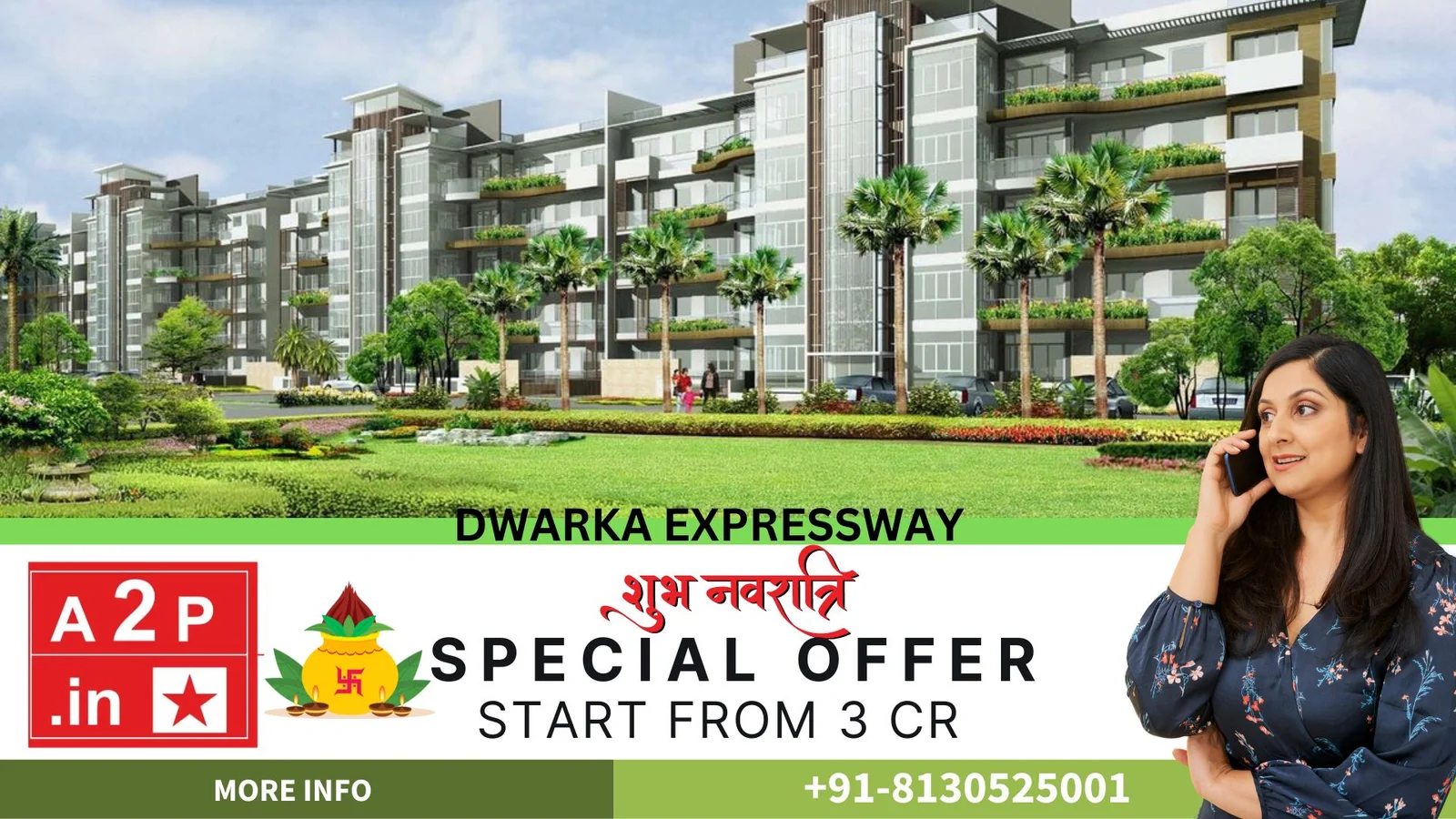

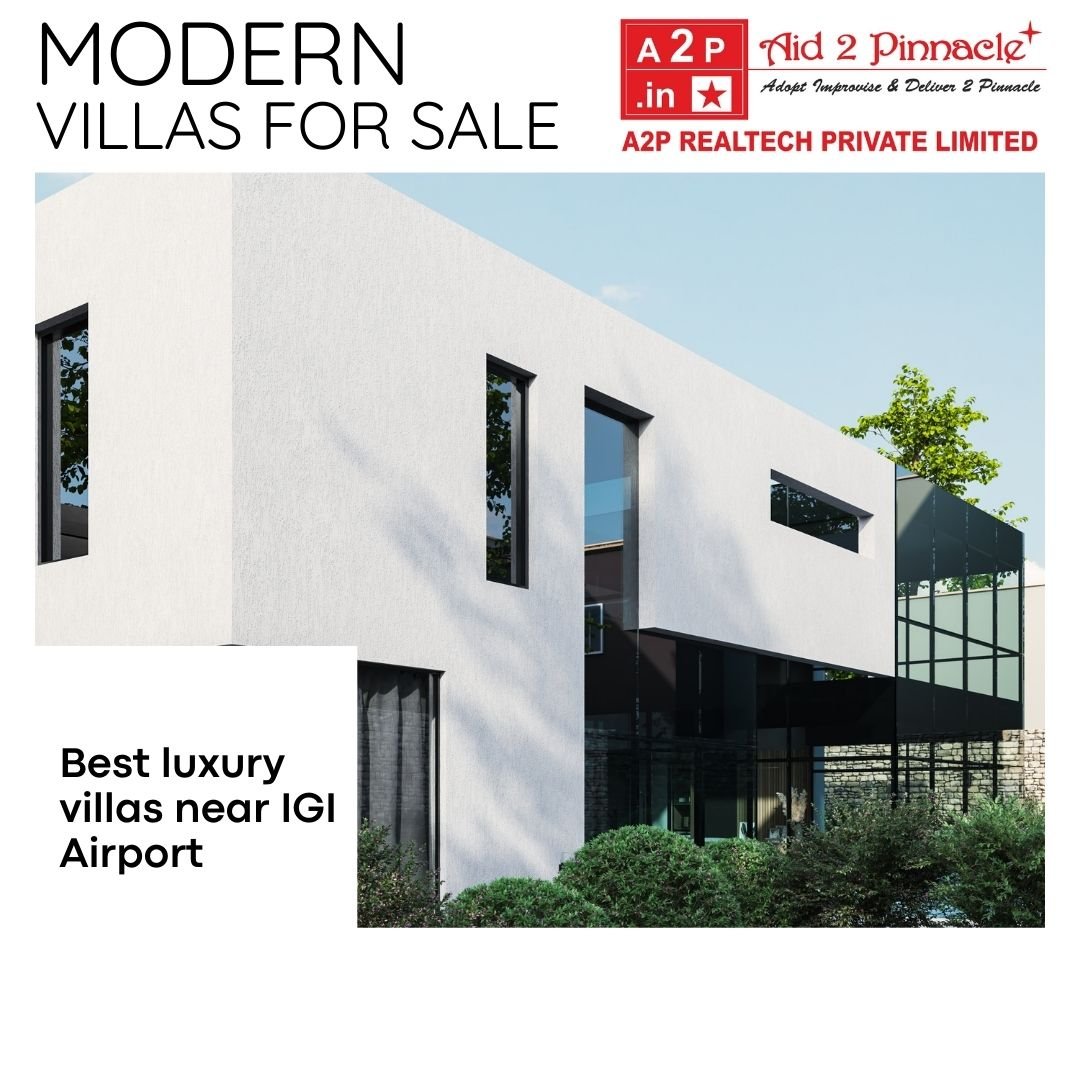
.jpg)
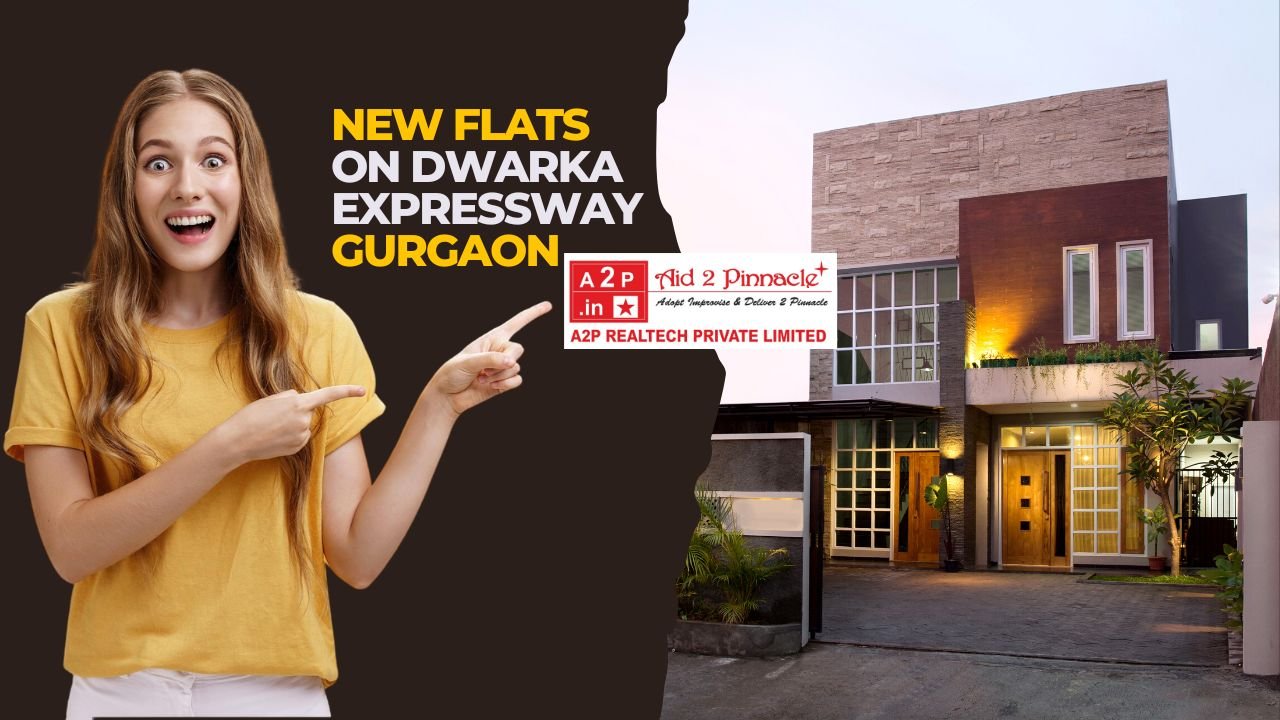


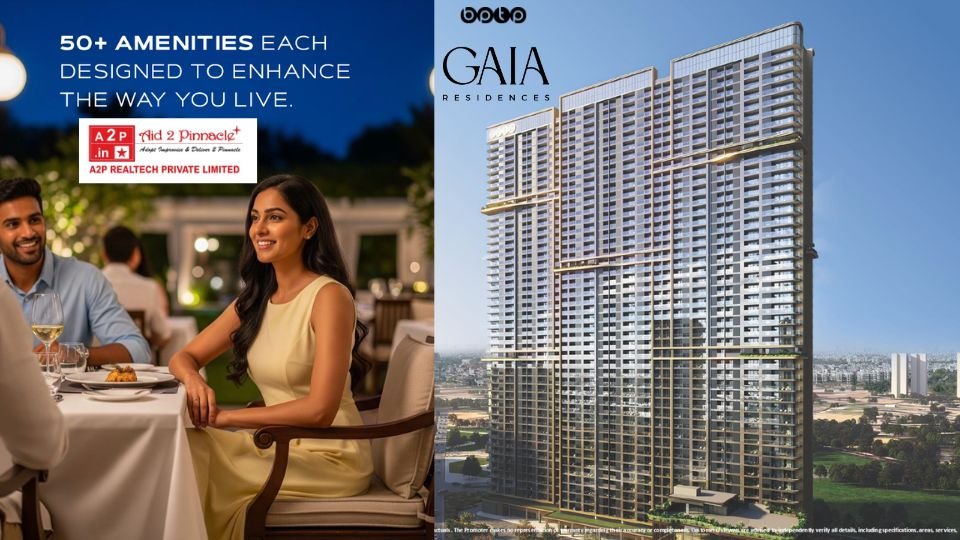
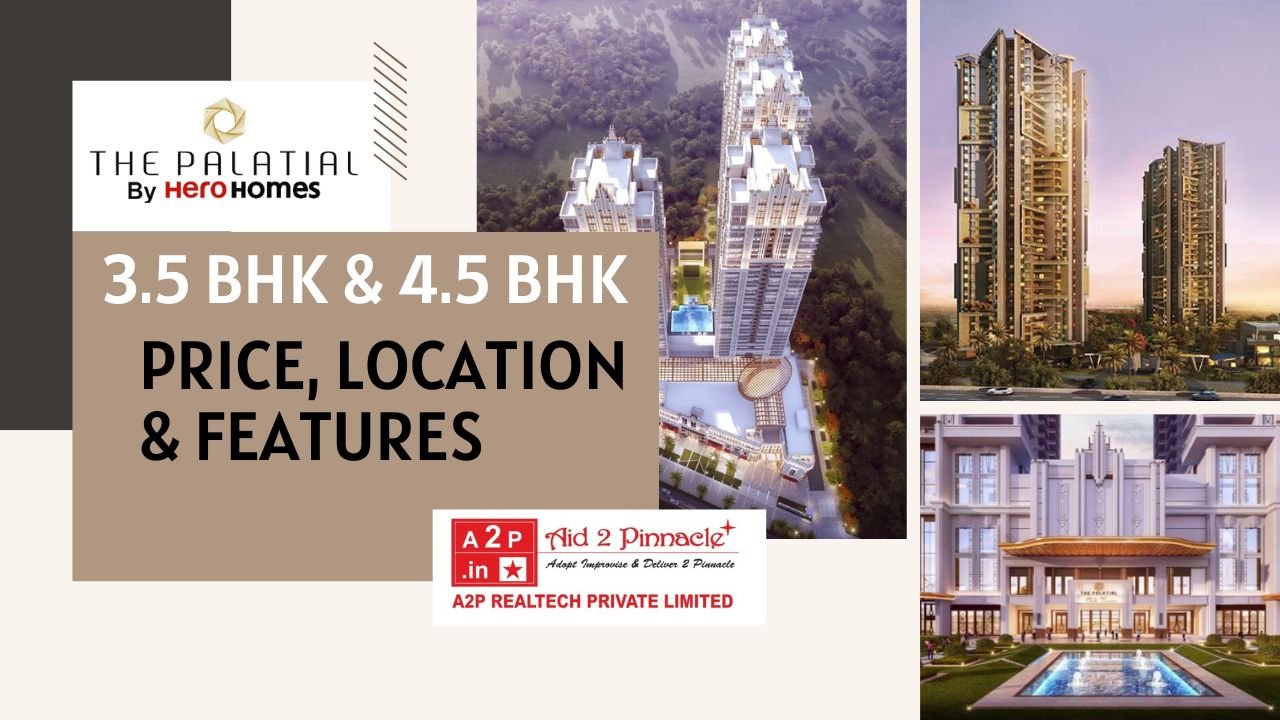



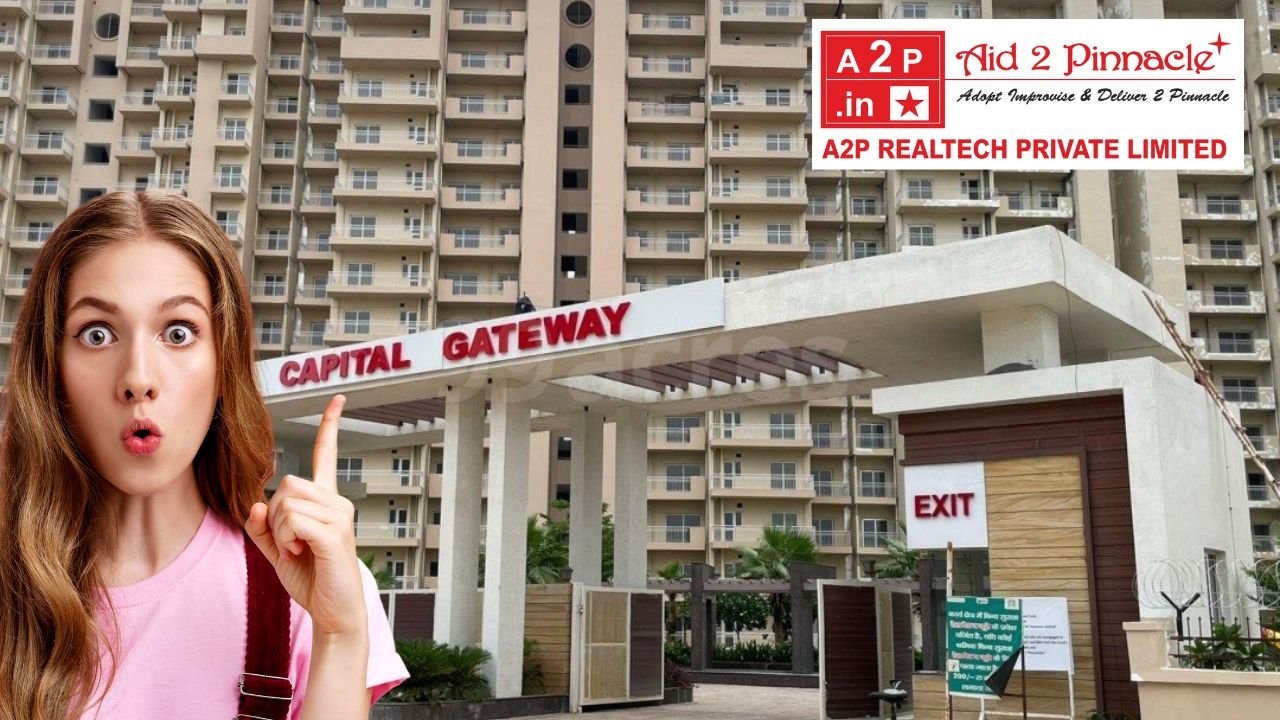











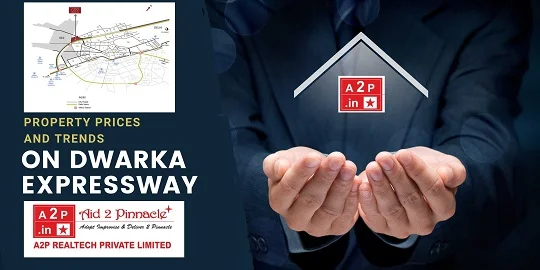

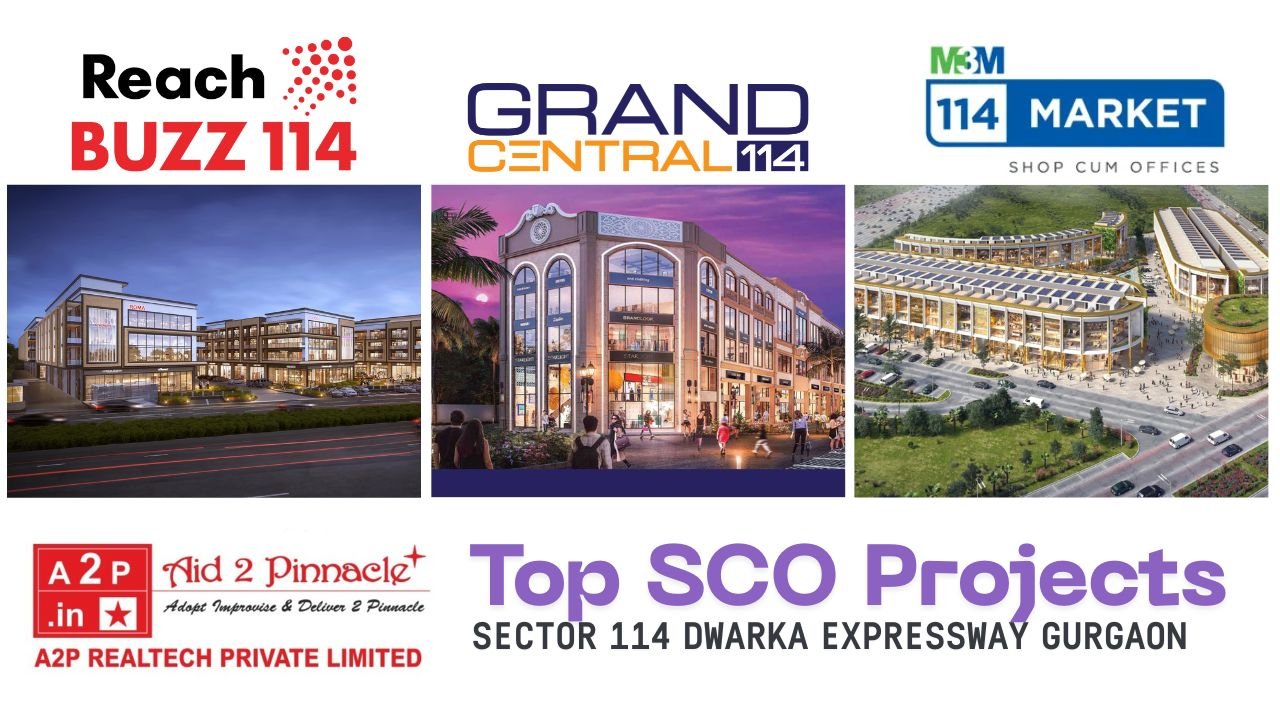

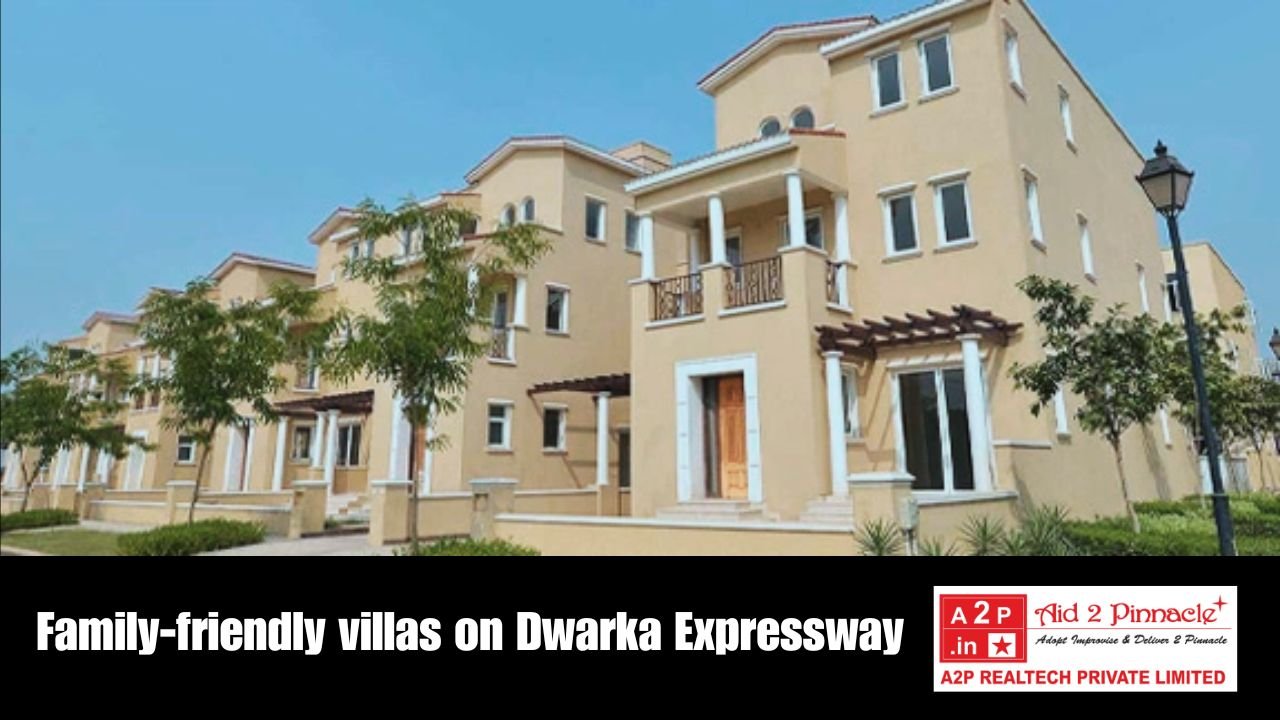




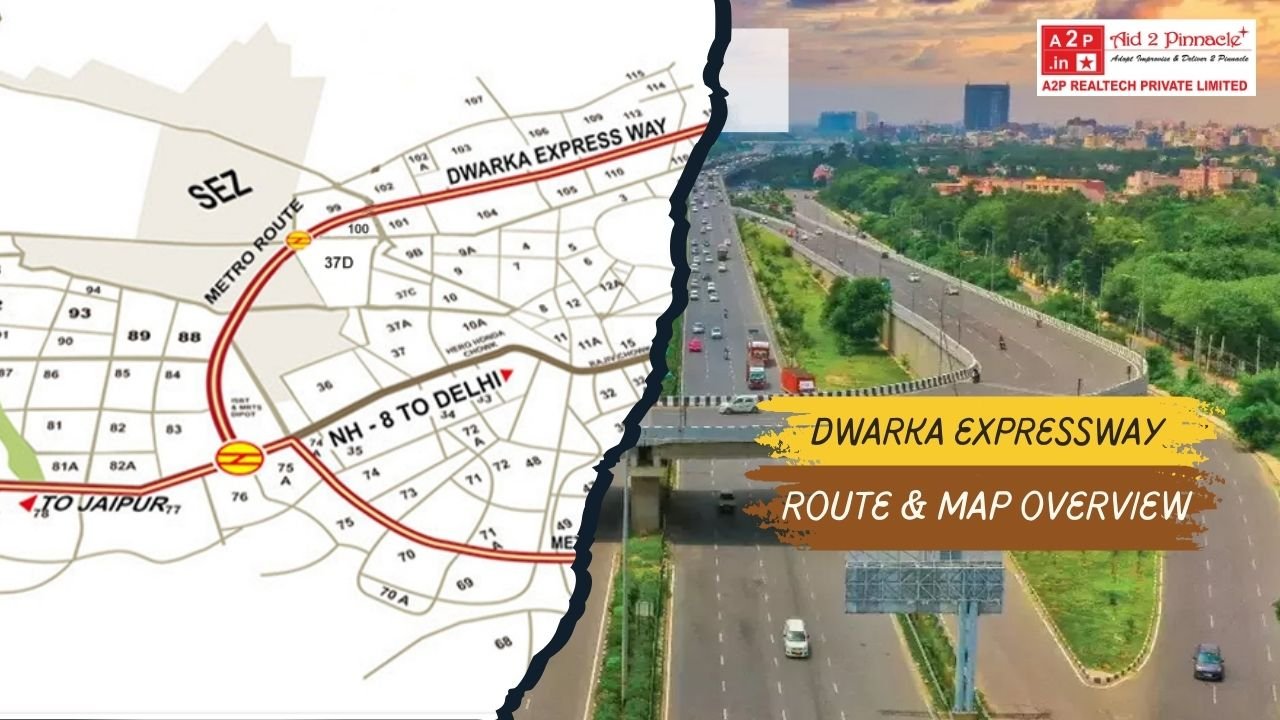




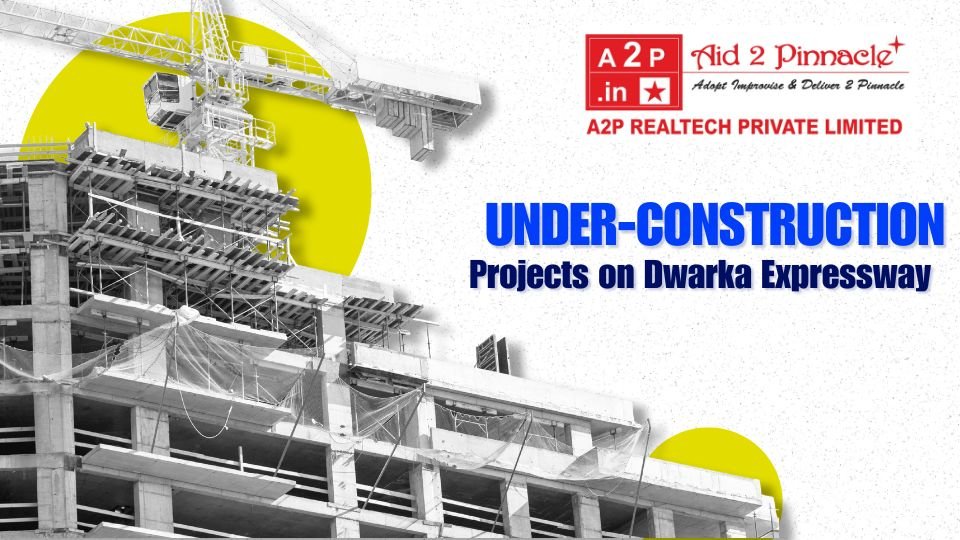












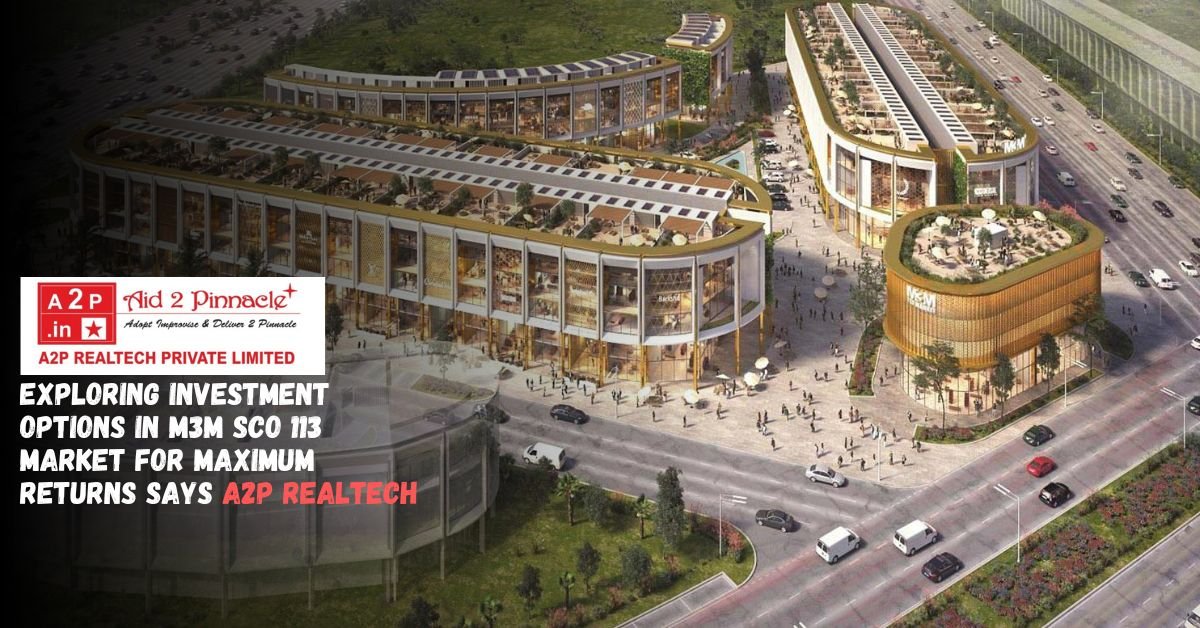



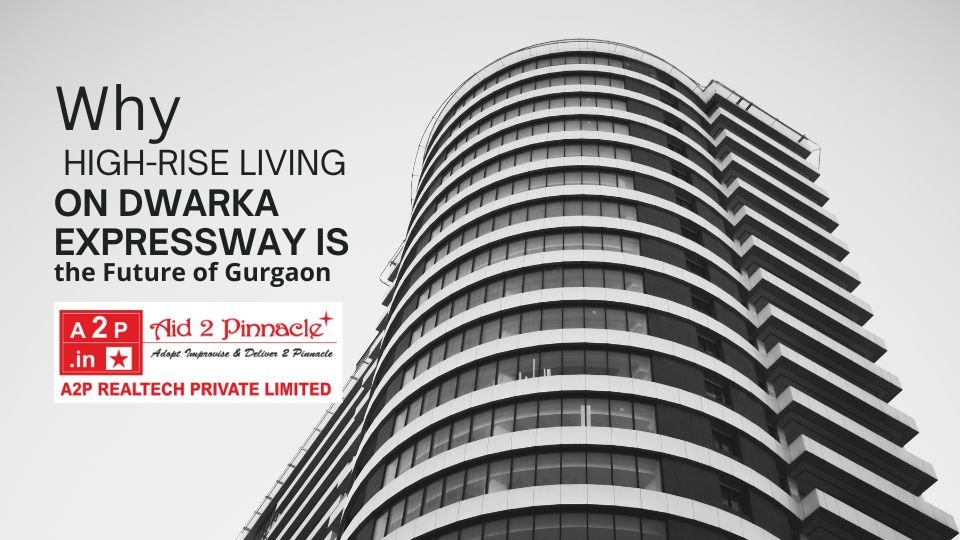











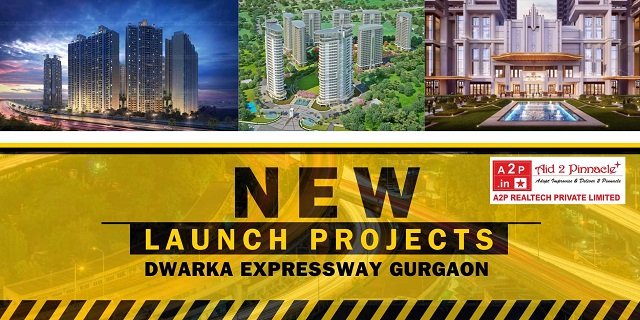









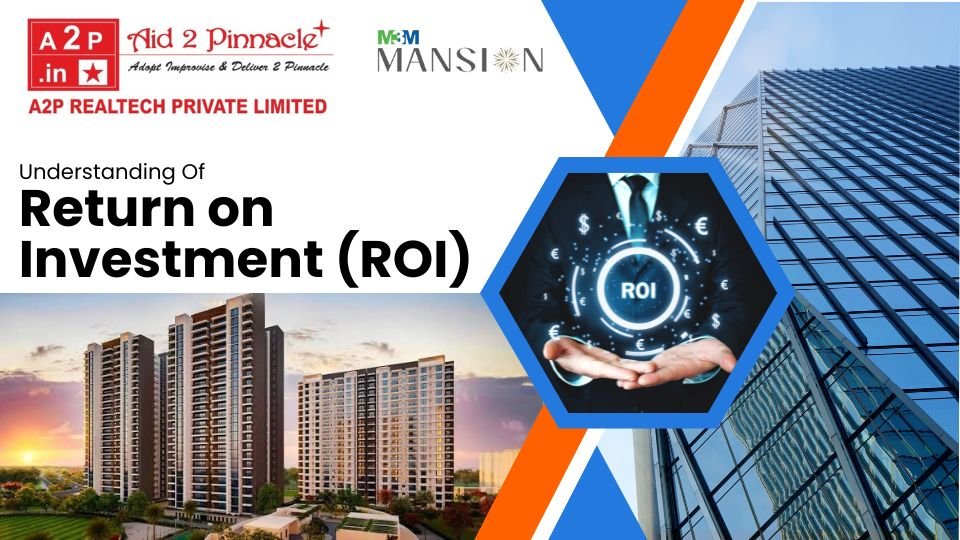


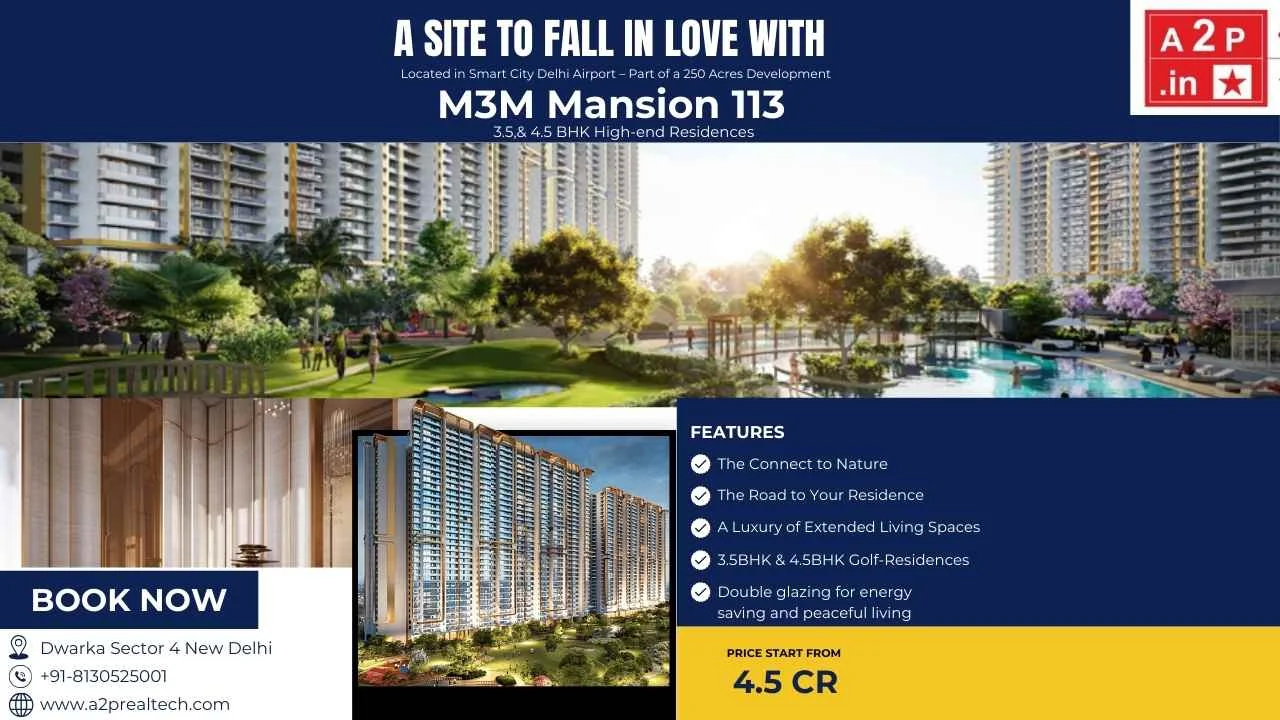

.png)